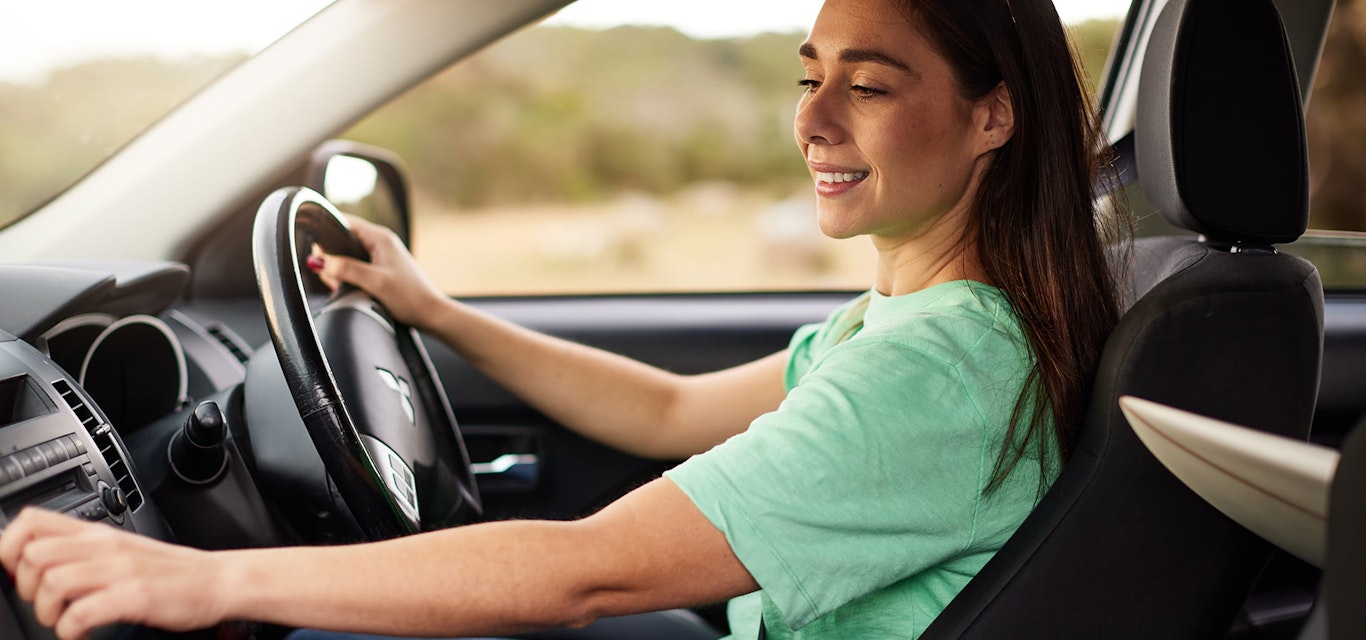How new cars keep us safe
Did you know Tasmania has the oldest vehicle fleet in the country? It currently sits at 13 years, which is particularly concerning given the average age of passenger vehicles involved in fatal and serious injury crashes is about 12 years.
Vehicle manufacturers here and overseas are introducing a range of advanced safety technologies, with many helping to reduce road trauma. This is why we always encourage people to buy the highest ANCAP-rated car that they can afford.
Let’s take a look at some of the features on offer that are keeping us safe and on the ball:
1. Autonomous emergency braking systems use electronic stability control and sensors to detect the distance and speed and distance of objects in your path and automatically brake to prevent a crash.
2. Technology that uses Bluetooth and various apps to stop mobile phones from using internet, sending texts or making non-hands-free calls while you’re driving.
3. Intelligent speed adaptation uses GPS to alert you if you’re over the speed limit and can limit your speed automatically.
4. Intersection collision warning uses radar systems to detect if a vehicle is approaching from your side at an intersection and alert you of a possible collision.
5. Cameras and sensors can monitor head and eye movement to detect fatigue and distraction, including mobile phone use.
6. Adaptive cruise control uses radar to control your speed to keep you a safe distance from the vehicle in front.
7. Lane departure warnings use sensors to read the road and can take over the steering to keep you in your lane.
8. Safe-exit warnings detect an oncoming hazard, such as a cyclist or another vehicle, and automatically prevents you opening the door until the hazard passes.
9. Reverse cameras capture what’s behind your vehicle to help you park, cameras to check your blind spots and overhead cameras to give you a 360-degree view of what’s around you.
10. Automatic emergency call systems detect when the vehicle has been involved in a severe collision and alert emergency services with a location.
11. Electronic stability control systems are also common in new cars. They help to keep your car on the road when you lose control by applying brakes to different wheels.
12. Standard alcohol/drug ignition interlock systems that require the driver to 'pass' a breath test in order for the vehicle to be driven.
